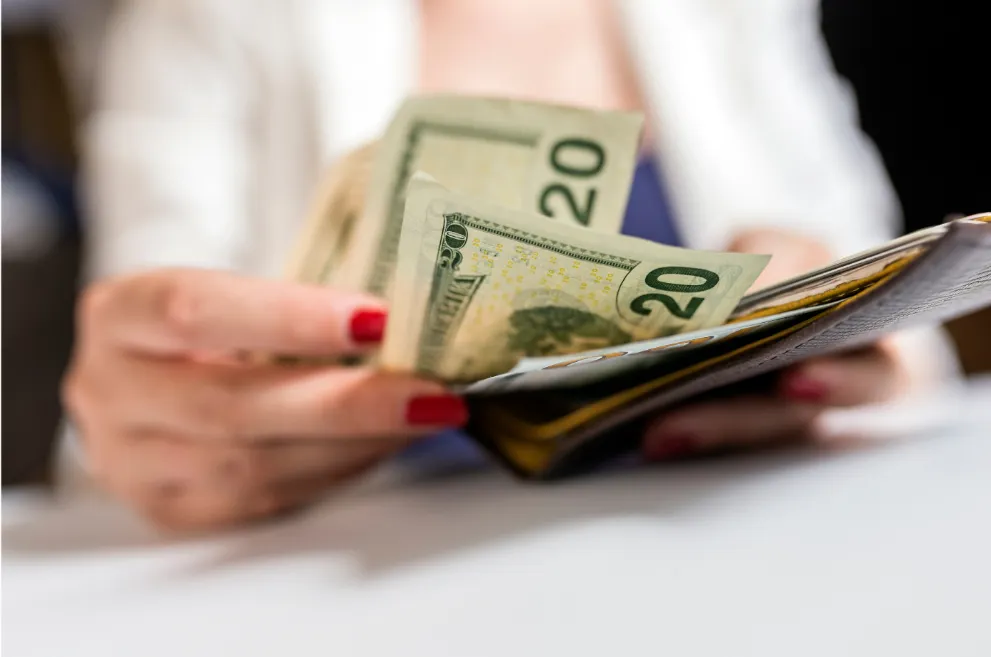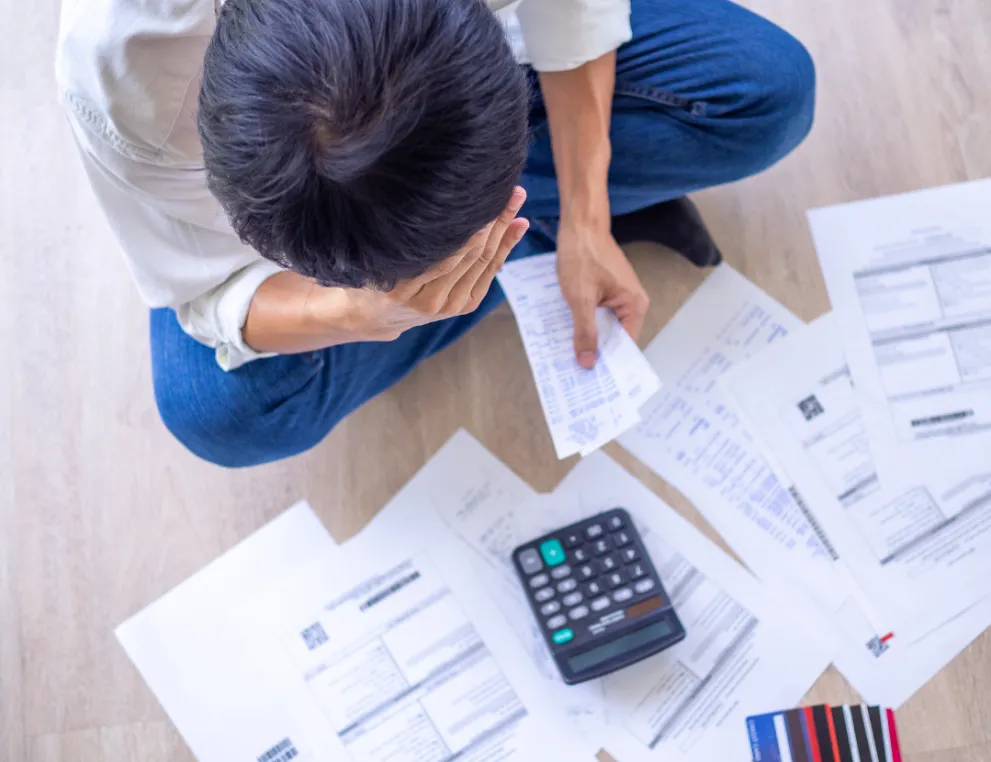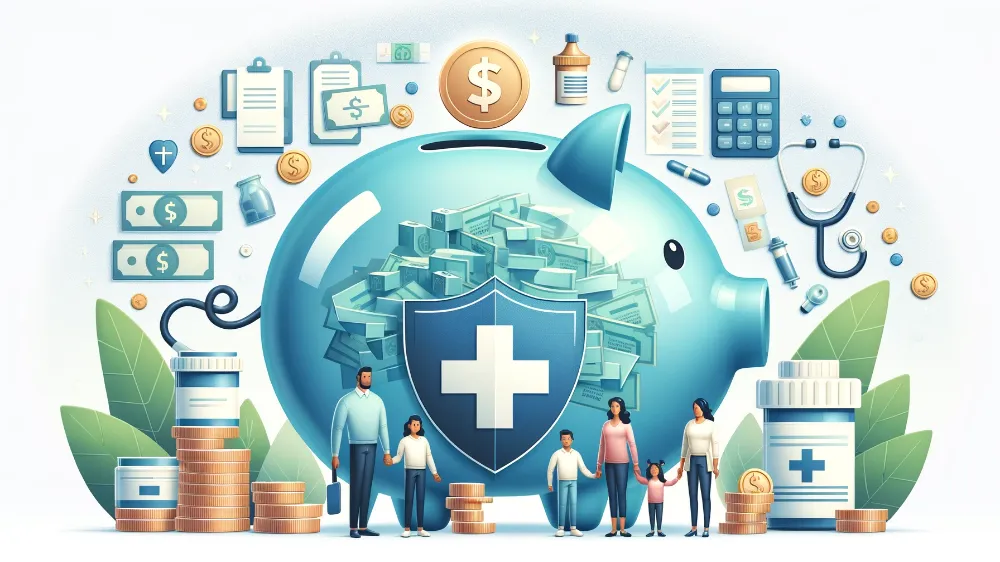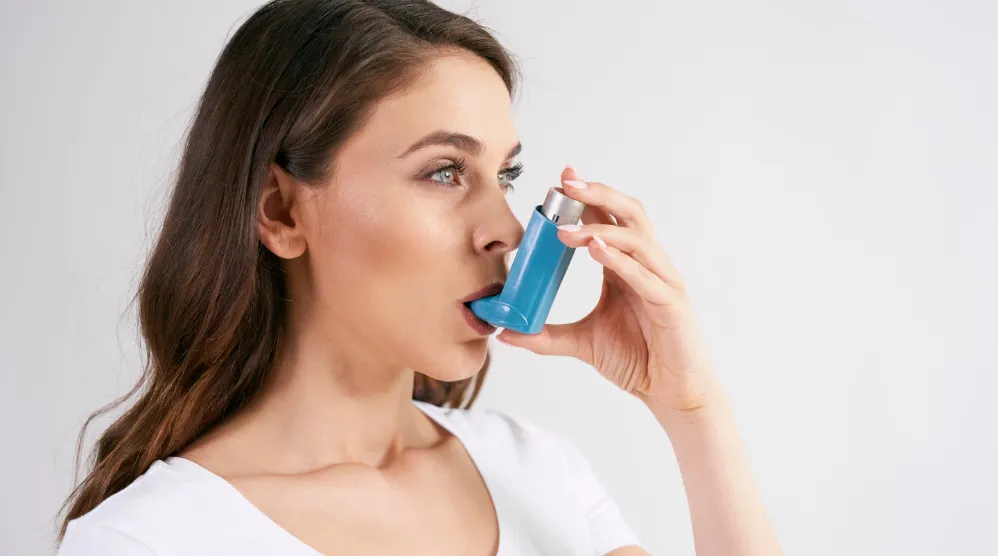What does it mean to pay out-of-pocket for your prescriptions?
Paying out-of-pocket for your prescriptions means you are covering the cost of your meds without relying on insurance. The price of prescription drugs at the pharmacy factors in the amount the pharmacy paid to buy the drugs from a wholesaler, the pharmacy dispensing fees, and a markup that varies by pharmacy.
How can paying out-of-pocket be cheaper than copays?
When setting prescription copays, middlemen have significant influence. The final price of medications increases as the supply chain lengthens.
The supply chain for pharmacies is quite short. Only the manufacturer and pharmacy are involved. However, the opposite is true for insurance companies and the copays associated with their plans. Your insurance company hires a pharmacy benefits manager (PBM) to negotiate with the manufacturer on your behalf for a better price. The outcome of this negotiation determines the price of drugs and your eventual copay.
While your insurance provider and their PBM may negotiate a price and then mark it up to make money for their services, the pharmacy can get medications directly from the manufacturer for practically nothing. But the pharmacy has no power over the price set by your insurance. Even if pharmacists can get the medications for less money, they sell them to you at the price set by your insurance company.
When you pay out-of-pocket for your prescription, you eliminate the middlemen and the additional fees which inflate the cost of your copay.
Why haven’t most people been informed of this option?
Prior to 2018, gag clauses in pharmacy contracts were the norm. Gag clauses are widely criticized contract terms that prevented pharmacists from informing you of a more affordable option. However, since Bill S.2554, The Patient Right to Know Drug Prices Act and Bill S.2553, The Know the Lowest Price Act, were passed in 2018, PBMs and insurance companies are prohibited from restricting pharmacies from disclosing the difference in price under the plan and the cost without insurance coverage. These laws are a big step toward full prescription price transparency.
Can you provide an example of how this happens?
The national average copay for generic drugs is $10 per month. Most people assume that the prescription cost in that case is more than $10 since your insurance is already paying a portion of the cost. However, most generic drugs cost pharmacies almost nothing to purchase. Your $10 co-pay is greatly inflated by fees and markups; both you and your insurance company are overpaying for those prescription drugs. You can use the free RxLess search tool to compare the out-of-pocket cost of your medications with the copays you have been paying and ensure you get the best price.
When paying out-of-pocket, is there a way to save even more?
When paying out-of-pocket, you can save even more by using a RxLess discount card. Even if our price isn’t lower than the pharmacy cost, using RxLess still guarantees you will get the lowest price available. In most cases, a free RxLess prescription discount card can save you as much as 88% on your medication in most pharmacies including CVS, Rite Aid, and Walgreens. Learn how our prescription discount program works and how to use it here.

















